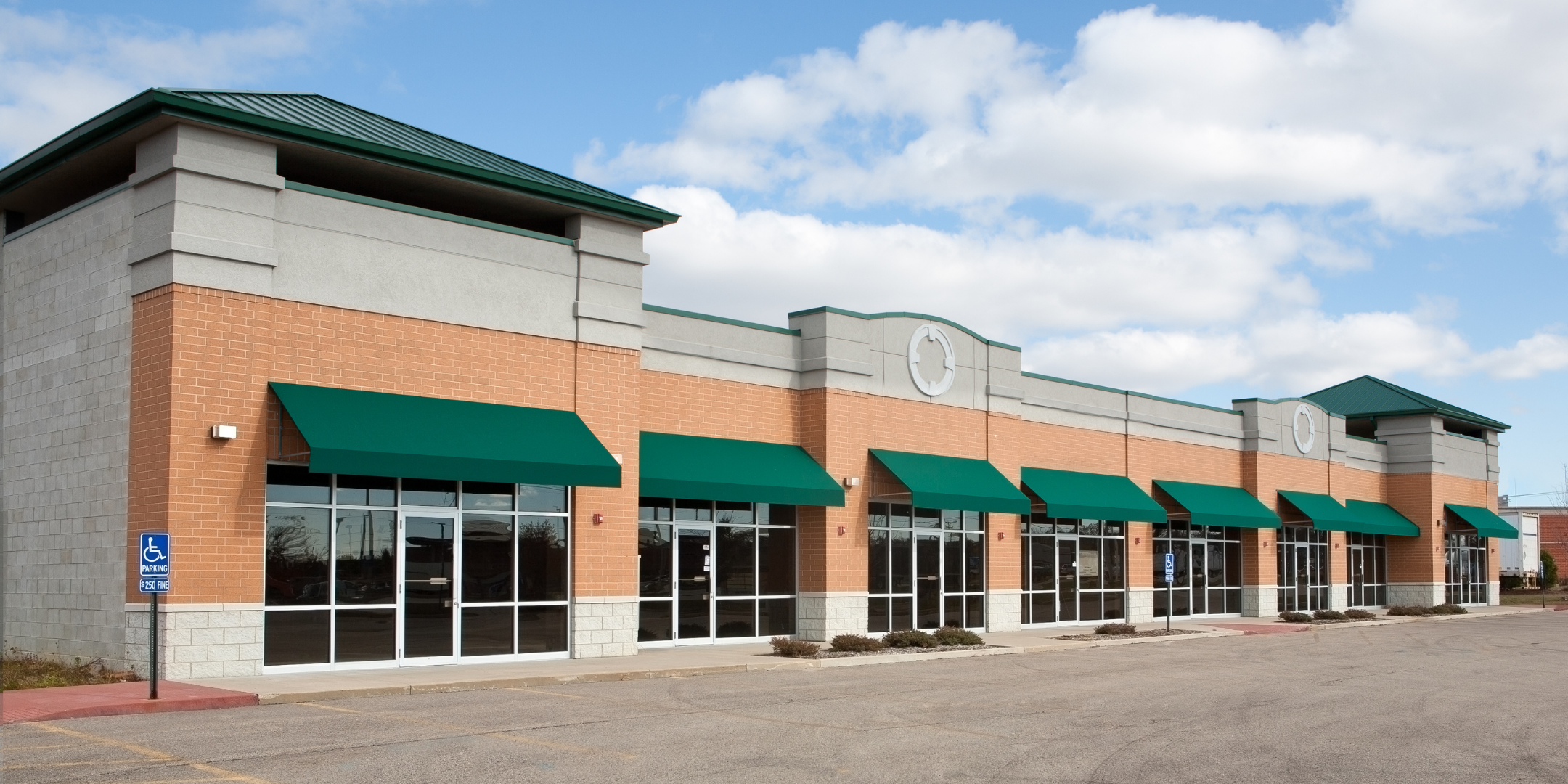The multifamily housing market is undergoing a significant transformation. While the explosive growth experienced in the previous years has slowed, the current data points to a market that is recalibrating rather than declining. According to recent reports, multifamily asking rents increased by just 0.9% year-over-year through June 30, marking the slowest rate of growth since the third quarter of 2010. This deceleration comes after a period of rapid expansion and reflects the impact of elevated interest rates, inflation, and a high volume of recent apartment deliveries.
Despite this cooling, fundamentals remain strong. Construction activity has started to taper, with completions falling by nearly 28% since the peak in early 2024. This contraction in supply is expected to relieve downward pressure on rents and potentially create a more balanced market moving forward. At the same time, homeownership affordability has diminished due to elevated mortgage rates, which hover near 7%. As a result, renting has become a more attractive option for many consumers. On average, renters are saving around $440 per month compared to buyers, leading to a surge in demand for rental units and pushing the percentage of renters to the highest level since late 2024.
Looking ahead, the multifamily market is positioned for renewed strength. With the construction pipeline shrinking and demand continuing to rise, analysts project that rent growth could return to an annual range of 5% to 10% in the coming years, particularly through 2027 and 2028. Capital markets are also expected to stabilize. While cap rates expanded in 2024 due to macroeconomic uncertainty, they are projected to compress slightly as interest rate volatility decreases, which could enhance investment returns in the sector.
In addition to these financial metrics, multifamily investors and developers are focusing on evolving renter preferences. There is growing emphasis on incorporating smart home technology, wellness-focused amenities, and eco-friendly features into both new and existing developments. Sustainability and ESG (Environmental, Social, and Governance) considerations are now at the forefront of investment strategies, particularly as tenants seek properties that align with their values and lifestyles.
The rise of build-to-rent communities is another trend gaining momentum. These developments, which provide the privacy of single-family homes with the convenience of rental living, are becoming increasingly popular with institutional investors. Regions with limited housing supply and favorable zoning policies are seeing the fastest growth in this segment. Meanwhile, policymakers across the U.S. and globally are experimenting with a range of affordability measures, including rent control, inclusionary zoning, and 80/20 housing models, which will continue to influence the availability and cost of multifamily housing in the future.
Ultimately, while the multifamily market is navigating a period of moderation, its long-term outlook remains strong. Rising rental demand, constrained supply, and the integration of technology and sustainability into residential communities all point to a positive trajectory. For investors, operators, and renters alike, the multifamily sector will continue to be a key pillar in the evolving real estate landscape.


